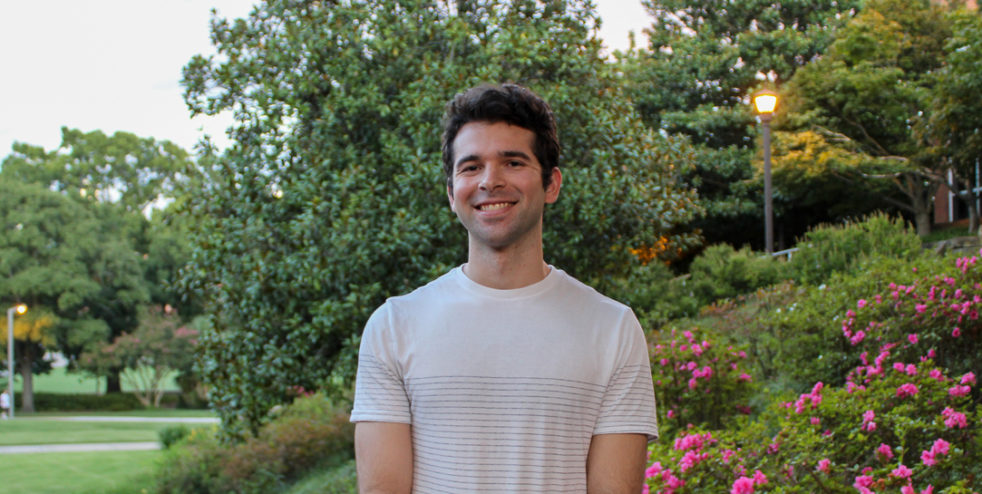The phrase, “self-taught,” is as pointless on a resume as the words “AP Scholar.”
It is no secret that the Internet revolutionized the way that people live their lives, but what is not explored, maybe even ignored, is how students living in this Information Age learn. Universities are not the gatekeepers to knowledge anymore, and accessibility to a near infinite amount of resources has redefined the idea of a complete education today. College is still useful, but some subjects necessitate a collegiate environment more than others.
One defining attribute of social science courses and humanities subjects: there is rarely a sole answer in analysis. In the absence of concrete criteria, readers can extract new concepts, themes and ideas from excerpts that are centuries old. Even in studying history, there are relationships between figures and events that can be explored to varying degrees.
Critical thinking is built into liberal arts programs, and the educational experience they provide is as unique as it is necessary at universities. Moreover, class discussion within humanities has value. Open dialogues about meaning and an author’s purpose are crucial in developing novel ideas as well as unveiling additional perspectives. And by the end of their undergraduate studies, scholars often have as much an individual identity as they have a unique style to complement it.
Meanwhile, when we apply the same perspective to STEM curricula, the learning process is much less involved.
Students are given over one hundred hours of memorizing methods and solving fixed problems.
Analysis rarely strays from the guidelines that a mathematician or scientist set decades earlier. The only real style an engineer learns to bring to their work is the legibility of their handwriting. Class discussion is a casual test of whether students are reading their textbooks. But as they take their last dozen credit hours, Capstone Design forces open-ended analysis and creative solutions onto students forced to color inside the lines throughout their entire undergraduate degree.
Not all classes promote the idea that solving problems in the real world is beyond standard number crunching. Truly, a majority of the degree revolves around mastering concepts that can be found online. There’s nothing unique about the curricula that differentiates students from one school from another. If institutes want to justify thousands of dollars of tuition, their degree curricula need to be more involved.
Colleges need to shift their purpose from keepers of knowledge to havens of thinking.
Tech incorporates some form of this in their prestige as a research institution. The push for students on every level to be involved in research on campus encourages intellectual engagement beyond what could be found in a Khan Academy video.
ME 2110 is another infamous example at Tech of using a project-oriented class for more open-ended problem solving.
With today’s ease of access to information, these should be the types of experiences that make college education attractive to both students and employers. Universities should be environments where their education is fluid with innovations in technology. Otherwise, current STEM programs do nothing to prevent their students from being victims of content without context.
Notwithstanding an antiquated educational environment, students need to make the most of their time at the equivalent of expensive day care. As mentioned earlier, taking humanities courses are a great way to stay up to date on contemporary expression. Moreover, the professors of those classes offer a unique perspective not readily available on Twitter. Clubs or competition teams are other excellent ways to explore interests or learn new skills.
Universities as a whole are the last academic environment most people experience. Likewise, every available resource should be used to learn while you can, whether it is about the world or yourself.
